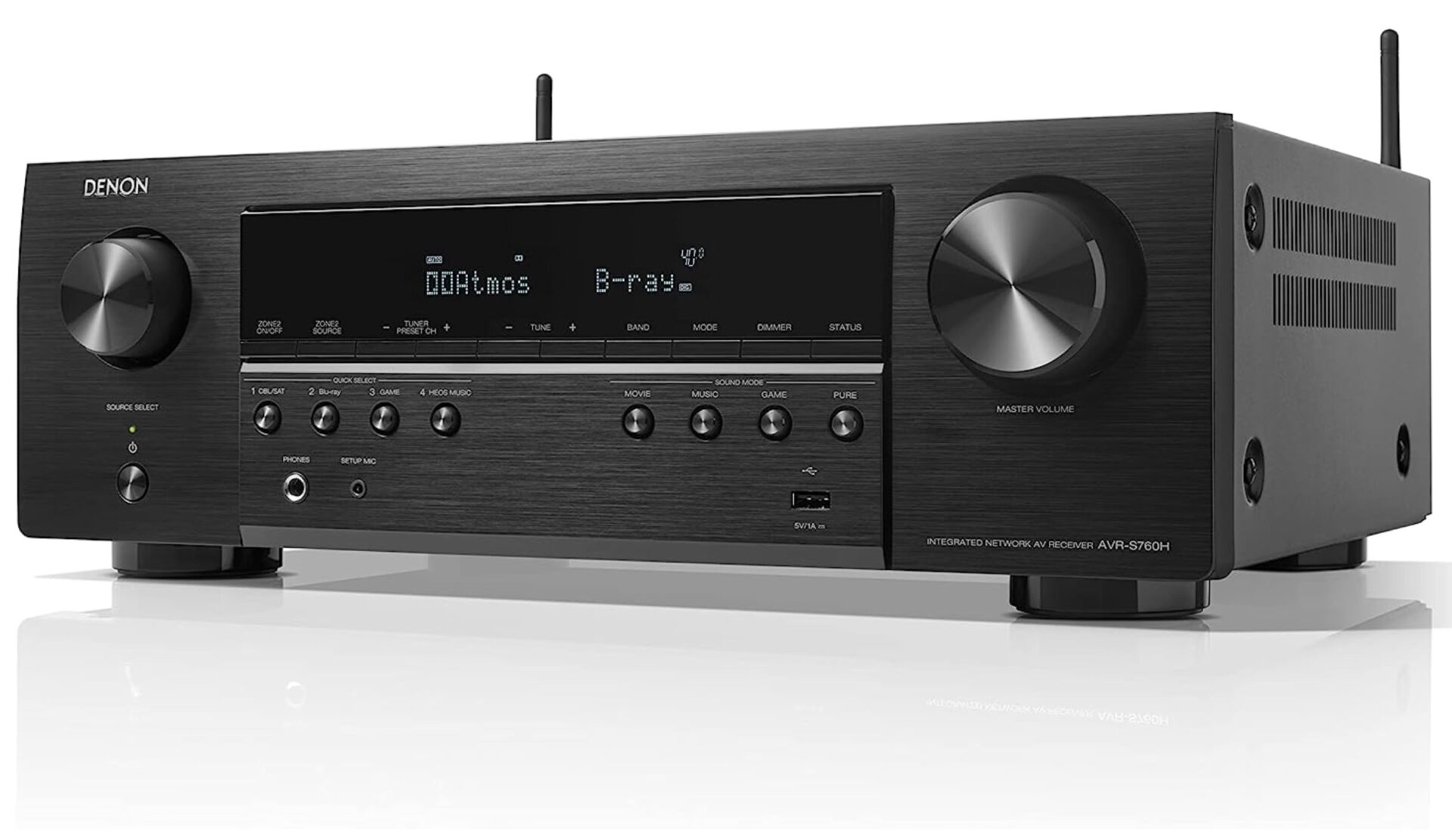Introduction
Audio line receivers play a crucial role in various electronic devices, ensuring high-fidelity audio transmission across different systems. With the continuous advancement in technology and the increasing demand for high-quality audio solutions, the audio line receivers market has witnessed significant growth in recent years. This comprehensive overview aims to delve into the technical aspects, market dynamics, key players, and future prospects of the audio line receivers market.
1. Technical Overview of Audio Line Receivers
Audio line receivers, also known as differential amplifiers or line drivers, are electronic devices designed to amplify and condition signals received from audio sources before transmitting them to the output stage. These devices are crucial in maintaining signal integrity, reducing noise, and ensuring accurate signal transmission over long distances.
- Differential Amplification: One of the primary functions of audio line receivers is differential amplification, where the difference between two input signals is amplified while rejecting common-mode noise. This differential signaling helps in achieving high signal-to-noise ratios and improved noise immunity.
- Impedance Matching: Audio line receivers often feature impedance matching circuits to ensure maximum power transfer between audio source and load, thereby minimizing signal loss and distortion.
- Gain Control: Many audio line receivers come with adjustable gain control mechanisms, allowing users to optimize signal levels according to specific requirements. This feature is particularly useful in audio systems where signal strength varies significantly.
- Filtering and Equalization: Some advanced audio line receivers incorporate filtering and equalization functionalities to compensate for frequency response variations and eliminate unwanted noise and distortion.
- Protection Circuitry: To safeguard against overvoltage, overcurrent, and other potential hazards, audio line receivers may include protection circuitry such as surge suppressors and thermal shutdown mechanisms.
2. Market Dynamics
The audio line receivers market is influenced by various factors, including technological advancements, industry trends, regulatory policies, and consumer preferences. Understanding these dynamics is crucial for stakeholders to make informed decisions and capitalize on emerging opportunities.
- Growing Demand for High-Quality Audio Solutions: With the rising demand for high-fidelity audio in applications such as home entertainment, automotive sound systems, professional audio, and consumer electronics, the demand for advanced audio line receivers is expected to increase significantly.
- Advancements in Semiconductor Technology: Ongoing advancements in semiconductor technology, including the development of low-power, high-performance integrated circuits (ICs) and analog signal processing techniques, are driving innovation in audio line receiver design. These technological advancements enable the development of compact, energy-efficient, and feature-rich audio line receivers.
- Shift Towards Digital Audio Interfaces: While analog audio line receivers remain prevalent, there is a growing trend towards digital audio interfaces such as HDMI, USB, and Ethernet in many applications. However, digital audio line receivers face challenges such as latency, compatibility issues, and signal degradation, which continue to sustain the demand for analog alternatives.
- Emergence of Wireless Audio Solutions: The proliferation of wireless audio technologies such as Bluetooth, Wi-Fi, and AirPlay has disrupted the traditional audio transmission landscape. However, there remains a significant demand for wired audio line receivers, especially in applications where reliability, latency, and audio quality are critical.
- Increasing Integration and Miniaturization: There is a trend towards the integration of multiple functions into a single chip or package, leading to the miniaturization of audio line receivers. Integrated solutions offer cost savings, reduced footprint, and simplified design, catering to the requirements of portable and space-constrained applications.
- Market Consolidation and Strategic Alliances: The audio line receivers market is characterized by intense competition and strategic alliances among key players to enhance their product portfolios, expand market presence, and gain a competitive edge. Mergers, acquisitions, and collaborations are common strategies adopted by companies to strengthen their positions in the market.
3. Key Players and Product Offerings
The audio line receivers market is highly competitive, with several players vying for market share through product differentiation, innovation, and strategic partnerships. Here are some of the key players and their product offerings in the audio line receivers segment:
- Texas Instruments: Texas Instruments offers a wide range of audio line receivers, including differential amplifiers, line drivers, and audio interface ICs, catering to various applications such as automotive, industrial, and consumer electronics.
- Analog Devices, Inc.: Analog Devices is a leading provider of high-performance audio line receivers, featuring advanced signal processing algorithms, low-distortion architectures, and integrated protection features for enhanced reliability and performance.
- Maxim Integrated: Maxim Integrated specializes in high-performance analog and mixed-signal ICs, including audio line receivers optimized for low-power operation, high-speed data transmission, and robust ESD protection.
- STMicroelectronics: STMicroelectronics offers a diverse portfolio of audio line receivers, featuring integrated amplifiers, digital signal processing, and advanced connectivity options for seamless integration into modern audio systems.
- ON Semiconductor: ON Semiconductor provides a comprehensive range of audio line receivers, leveraging its expertise in low-power design, high-speed signaling, and system-level integration to deliver innovative solutions for automotive, industrial, and consumer applications.
- NXP Semiconductors: NXP Semiconductors specializes in secure connectivity solutions, including audio line receivers with advanced encryption, authentication, and tamper detection features, catering to the stringent requirements of professional audio and multimedia applications.
- ROHM Semiconductor: ROHM Semiconductor offers a wide selection of audio line receivers, featuring high-gain amplification, low-noise performance, and compact form factors suitable for portable audio devices, smartphones, and wearables.
Receive the FREE Sample Report of Audio Line Receivers Market Research Insights @ https://stringentdatalytics.com/sample-request/audio-line-receivers-market/7376/
Market Segmentations:
Global Audio Line Receivers Market: By Company
• Texas Instruments
• Infineon Technologies AG
• Analog Devices
• Nvidia
Global Audio Line Receivers Market: By Type
• Single Audio Differential Line Receivers
• Dual Audio Differential Line Receivers
Global Audio Line Receivers Market: By Application
• Consumer Electronics
• Industrial
• Automotive
Regional Analysis of Global Audio Line Receivers Market
All the regional segmentation has been studied based on recent and future trends, and the market is forecasted throughout the prediction period. The countries covered in the regional analysis of the Global Audio Line Receivers market report are U.S., Canada, and Mexico in North America, Germany, France, U.K., Russia, Italy, Spain, Turkey, Netherlands, Switzerland, Belgium, and Rest of Europe in Europe, Singapore, Malaysia, Australia, Thailand, Indonesia, Philippines, China, Japan, India, South Korea, Rest of Asia-Pacific (APAC) in the Asia-Pacific (APAC), Saudi Arabia, U.A.E, South Africa, Egypt, Israel, Rest of Middle East and Africa (MEA) as a part of Middle East and Africa (MEA), and Argentina, Brazil, and Rest of South America as part of South America.
Click to Purchase Audio Line Receivers Market Research Report @ https://stringentdatalytics.com/purchase/audio-line-receivers-market/7376/
Objective of Investing in the Audio Line Receivers Market
Investing in the audio line receivers market can be lucrative for individuals, companies, and institutional investors seeking opportunities in the electronics and audio technology sectors. The following objectives highlight the reasons why investing in this market can be advantageous:
1. Growth Potential: The audio line receivers market exhibits promising growth prospects driven by increasing demand for high-fidelity audio solutions across various industries such as automotive, consumer electronics, professional audio, and telecommunications. As technological advancements continue to enhance audio quality and transmission efficiency, the market is expected to expand further.
2. Rising Demand for Advanced Audio Solutions: With consumers demanding superior audio experiences in entertainment, communication, and smart home applications, there is a growing need for advanced audio line receivers capable of delivering high-quality sound reproduction, noise reduction, and seamless connectivity. Investing in companies that develop and supply innovative audio line receivers can capitalize on this trend.
3. Technological Innovation: The audio line receivers market is characterized by continuous technological innovation aimed at improving signal processing, reducing distortion, and enhancing energy efficiency. Investing in research and development (R&D)-focused companies or those at the forefront of semiconductor and analog electronics innovation can yield significant returns as they introduce groundbreaking products and solutions.
4. Diversification: Investing in the audio line receivers market provides diversification benefits for investors looking to spread their investment portfolio across different sectors and industries. The market’s resilience to economic downturns, coupled with its correlation with broader technology and consumer electronics trends, makes it an attractive option for diversifying investment holdings.
5. Industry Tailwinds: Several industry tailwinds support the growth of the audio line receivers market, including the proliferation of Internet of Things (IoT) devices, the integration of audio in automotive infotainment systems, the expansion of streaming services, and the increasing adoption of wireless audio technologies. Investing in companies positioned to benefit from these trends can yield favorable returns.
6. Strategic Partnerships and Mergers: The audio line receivers market is witnessing strategic partnerships, mergers, and acquisitions aimed at enhancing product portfolios, expanding market reach, and driving innovation. Investing in companies engaged in such strategic initiatives can unlock synergies and create value for shareholders in the long term.
7. Sustainability and Environmental Considerations: As environmental consciousness grows, there is a rising demand for energy-efficient and eco-friendly audio line receivers. Investing in companies that prioritize sustainability in their product design, manufacturing processes, and supply chain management can appeal to socially responsible investors and contribute to long-term sustainability goals.
8. Market Competitiveness: The audio line receivers market is competitive, with opportunities for investors to identify undervalued companies with strong fundamentals, innovative product offerings, and competitive advantages. Conducting thorough market research and financial analysis can help investors identify potential investment opportunities in this dynamic market segment.
In conclusion, investing in the audio line receivers market offers compelling opportunities for growth, innovation, diversification, and strategic alignment with industry trends. By understanding the market dynamics, technological advancements, and key drivers of demand, investors can make informed decisions to capitalize on the potential of this dynamic sector.
Future Prospects and Emerging Trends
The audio line receivers market is poised for continued growth and innovation, driven by evolving consumer preferences, technological advancements, and industry dynamics. Several emerging trends are expected to shape the future of the market:
- Integration of Digital Signal Processing (DSP): The integration of DSP capabilities into audio line receivers enables advanced signal processing functionalities such as equalization, dynamic range compression, and noise cancellation, enhancing overall audio performance and user experience.
- Adoption of AI and Machine Learning: AI and machine learning technologies are increasingly being employed to optimize audio signal processing algorithms, adaptively adjust system parameters, and improve noise reduction and audio enhancement techniques in audio line receivers.
- Rise of IoT-enabled Audio Solutions: With the proliferation of Internet of Things (IoT) devices, there is a growing demand for IoT-enabled audio solutions that offer seamless connectivity, remote monitoring, and smart control features. Audio line receivers with IoT connectivity enable integration with smart home ecosystems, voice-controlled assistants, and cloud-based audio services.
- Focus on Energy Efficiency and Sustainability: As environmental concerns and energy efficiency regulations become more stringent, there is a growing emphasis on developing energy-efficient and sustainable audio line receivers. Low-power design techniques, efficient amplifier architectures, and eco-friendly materials are being increasingly incorporated into product development efforts.
- Expansion into Emerging Markets: The growing penetration of audio-enabled devices in emerging markets presents new growth opportunities for audio line receiver manufacturers. Tailoring product offerings to meet the specific requirements and preferences of emerging market consumers is key to unlocking growth potential in these regions.
- Continued Innovation in Connectivity: With the evolution of audio connectivity standards such as USB Type-C, Thunderbolt, and HDMI 2.1, there is a need for audio line receivers that support high-speed data transmission, multi-channel audio formats, and advanced audio features. Continued innovation in connectivity technologies will be crucial to meeting the evolving demands of audio enthusiasts and professionals.
About Stringent Datalytics
Stringent Datalytics offers both custom and syndicated market research reports. Custom market research reports are tailored to a specific client’s needs and requirements. These reports provide unique insights into a particular industry or market segment and can help businesses make informed decisions about their strategies and operations.
Syndicated market research reports, on the other hand, are pre-existing reports that are available for purchase by multiple clients. These reports are often produced on a regular basis, such as annually or quarterly, and cover a broad range of industries and market segments. Syndicated reports provide clients with insights into industry trends, market sizes, and competitive landscapes. By offering both custom and syndicated reports, Stringent Datalytics can provide clients with a range of market research solutions that can be customized to their specific needs.
Reach US
Stringent Datalytics
+1 346 666 6655
Social Channels:
Linkedin | Facebook | Twitter | YouTube




Leave a Reply